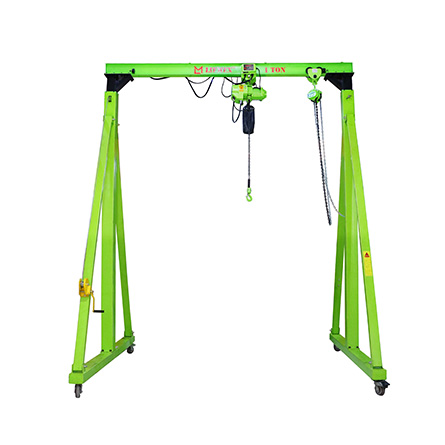There are various types of lifting equipment you can buy from lifting equipment suppliers in UAE, and these include scissor lifts, knuckle boom lifts, hydraulic elevators, and die turners. These pieces of equipment are used in industrial and manufacturing settings, and they are especially useful in places where workers must access high-up objects. Compared to scissor lifts, knuckle boom lifts let operators work directly over the load. Operators sit on platforms suspended from the ends of the booms.
Die turners
Lifting equipment is needed for many purposes, including die-turning. This equipment rotates large dies securely. A traditional lifting device may not be enough to accommodate the heavy object. Die turners offer an alternative lifting solution. Other types of lifting equipment are vacuum lifters, which use an electrical extraction pump and sealed pads to create a vacuum and hold the load in place. Magnetic lifters are another popular lifting equipment that uses magnets to carry magnetic metals. Drum turners turn large drums, enabling proper mixing and rotation of products.
Telescopic boom lifts
Telescopic boom lifts are a common aerial work platform used for lifting equipment and materials. While they are incredibly stable machines, they still pose some safety risks. Operators must wear safety harnesses and attach them to the appropriate anchors on the platform. Operators must stand on the platform floor, and they should never use planks or ladders. Always check the safety measures before working.
Hydraulic elevators
There are four main types of hydraulic elevators: roped lifts, in-ground lifts, holeless lifts, and piston-powered lifts. They all have four main components, but the difference between them lies in the speed they can reach. A hydraulic elevator also has a pit below the elevator shaft. These lifts are most efficient up to five or six floors. They have minimized hoist-way dimensions.
Workstation cranes
In addition to improving worker safety, workstation cranes are also ergonomic, improving ease of movement. Because they can handle weights of up to four tons, they reduce the need for physical strength and damage to equipment. Many workstation crane systems are modular, allowing easy expansion as needs change. A workstation crane can be mounted above or below an overhead crane and is a cost-effective solution for light to medium-duty lifting applications.
